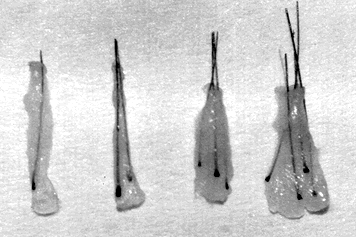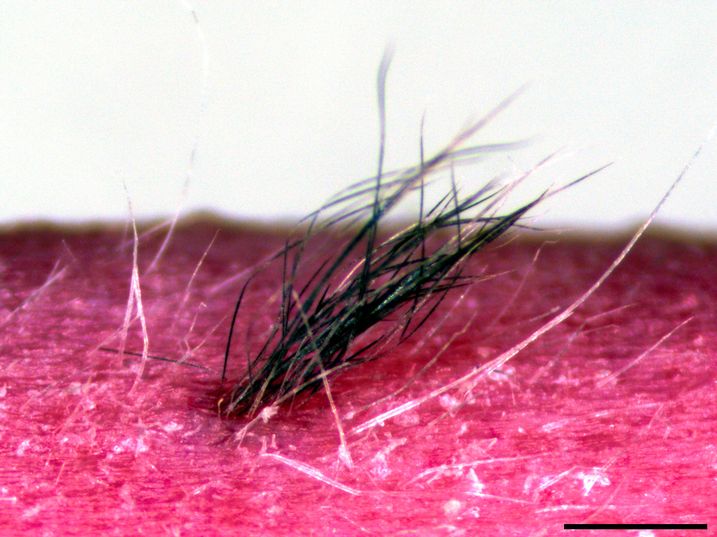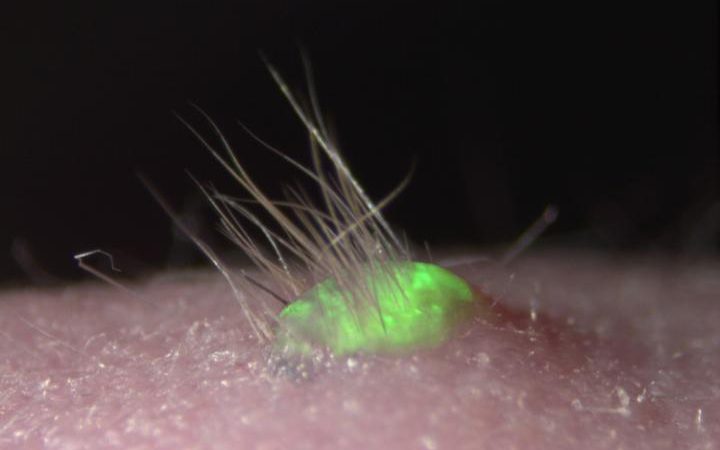inmyhead
Senior Member
- Reaction score
- 1,019
Even if it worked, the treatment more than likely would not be available to the public in 2020. It's safe to assume this is when they aim to start their trials. Available as a treatment probably in like 2024-25.
What I’m interested in is whether Tsuji’s method would be able to modulate growth density in different areas of the scalp or if it would give the same density everywhere. It might look weird having the same density in the crown as in the front or forelock. I think in nature the density varies across the scalp.
Or maybe uniform, thick density would just look awesome regardless? Perhaps this is something a good hair transplant doctor could tell us.

They saying it might be available in 2020. But yes. i 'd rather believe in some random guy like you.




